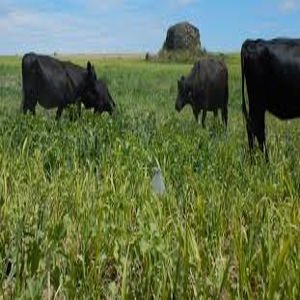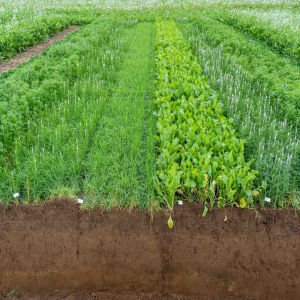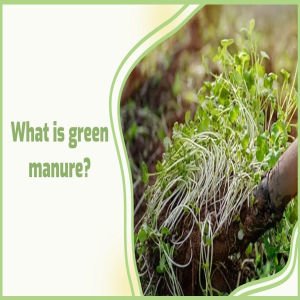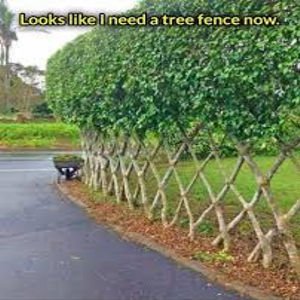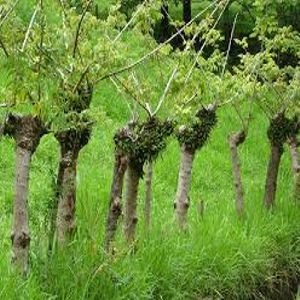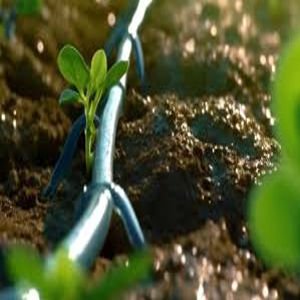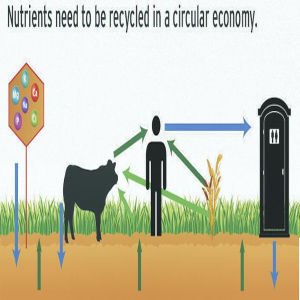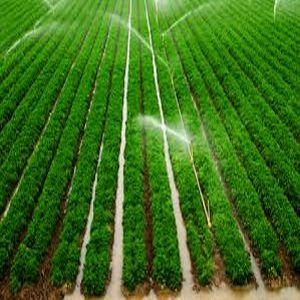Downloads
We are here to support you for providing your require documents, tools, presentation and training materials, Please download with 100% free.
Carbon Foot Print
CO2 Calculation Template
By downloading our CO2 calculation template, you can easily estimate your carbon footprint. Additionally, this tool not only helps track emissions but also assists in planning for a more sustainable future.
The Guideline of CO2 Calculation
Our PDF guide on CO2 calculation download for detailed instructions and best practices. This comprehensive resource simplifies tracking and reducing your carbon footprint.
Regenerative Agriculture Documents
A Comprehensive Training On Crop Management Specially For Cotton Crop
I have a training guideline available. Furthermore, our comprehensive training guideline can be downloaded for crop management, with a specific focus on cotton crops. In particular, key topics covered include weeding, thinning, gap filling, integrated nutrient management, as well as the importance of soil testing-based nutrient application.
Professional Training on Climate change
Training guideline on climate change Download, focusing on the global carbon crisis. Learn about carbon emissions, their impact, and strategies to mitigate the crisis effectively.
ZERO TILLAGE
The second rule is to ensure that the soil is not tilled in a manner that plunders soil ecology and destroys soil networks. To elaborate, tillage does several detrimental things. Firstly, it stirs up soil and exposes it to the air, thereby oxidizing the carbon in the exposed soil. Secondly, tillage rips up and destroys the hyphae of mycorrhizal fungi, the microbes responsible for much of the symbiosis that is so important for plant vigor and the subsequent increased exudation of liquid carbon. Notably, their hyphae are the delicate network strands that permeate the soil and carry water and nutrients to plant roots. Moreover, studies report increases in fungal biomass at all sites where tillage is reduced.
ORGANIC MULCH
The third rule is to consistently keep the soil covered. One alternative method of controlling weeds is the use of mulch to effectively prevent light from reaching them. For instance, the simplest mulches to apply are sheets of plastic. However, their production usually requires fossil fuels, and furthermore, removal can be difficult and time-consuming. On the other hand, mulching with organic materials such as hay or shredded crop residue not only adds decomposing organic matter to the soil but also builds carbon. Yet, in biologically active soils, this requires continual additions of material, which in turn can be costly and time-consuming. The primary drawback, however, is that mulching does not take carbon from the atmosphere and fix it into the soil via photosynthesis, as living plants do.
COVER CROPS
The fourth rule is to consistently maintain a live cover on the soil at all times so that the roots tightly hold the topsoil together and thus prevent soil degradation while also providing liquid carbon to maintain soil organisms continuously. Arguably, the most important single lesson is that bare soil oxidizes carbon, whereas plants protect it.
Specifically, green plants form a barrier between air and soil, thereby slowing the process of carbon emission by microbes. In addition, erosion by wind and water is a major enemy of soil carbon, and growing plants serve as your best protection against erosion. Moreover, plants not only protect soil carbon but also add to it through their power of photosynthesis. In essence, every square foot of soil that is left exposed — whether it is between rows of crops, because you are tilling up a field, or have just harvested a crop and are leaving the land fallow — ultimately reduces your carbon bank account.
CROP DIVERSITY
The fifth rule is to maintain a rich crop diversity of differing root lengths and different ecologies to maintain a rich network of soil organisms below the ground and ecological balance above the ground. One of the keys to supporting the microbial life in the soil is to encourage diversity. One principle of nature seems to be that the more biodiversity there is in a system, the healthier and more resilient it is. This is also true when building soil carbon. Below ground, biodiversity enables every microbe to fill a niche in the food web — fungi, algae, bacteria, earthworms, termites, ants, nematodes, dung beetles, etc.
ANIMAL HUSBANDRY
The sixth principle is to integrate animal husbandry into farming systems to provide manure that supports and enriches plant life and soil life. Other practices such as organic mulches, green manuring, legume crops, composting, biochar, cell grazing, etc., help to enrich soil ecology, nutrients, soil organic matter, air, and water.
Nutrient Recycling
When plants take nutrients from the soil. Humans and animals consume these substances, which are excreted or released into the environment when organisms die (e.g., plants lose their leaves). As a result, plants and humans can cycle all the nutrients they require to survive.
Living Fences
Assuming you mean trees planted closely with dense foliage, they can serve as windbreaks and privacy barriers. However, trees drop debris over time, which may require regular cleanup. Tree disease and pests can also kill trees prematurely, resulting in gaps in the barrier or patches of dead foliage that don’t look good. The size and height of trees can also become too large or too tall, requiring trimming. In addition, these factors should be considered when selecting varieties (for disease or pest resistance, height, climate, etc.).
Precision Irrigation
Increasing profitability of precision irrigation for farmers, giving them higher yields per hectare and better-quality crops at lower costs. Improving predictability of precision irrigation and stability in an uncertain climate.
Pasture Cropping
Farmers plant pastures with grass seed blends and possibly clover, vetches, or other plants. Other arable crops are usually harvested after these crops. Typically, short-term pastures are planted with only productive varieties for commercial farming for one year—typically for silage-making or cattle grazing.
Paddock Grazing
The recuperation procedure is significantly quicker when they are provided with rest. Grasses can offer additional nourishment for the animals as the vegetation regenerates more effectively. Because the vegetation regenerates more effectively, it serves as a more effective shield for the soil, thereby decreasing erosion. As a result of reduced erosion, there is a decrease in the amount of soil washed into streams and rivers, leading to cleaner water that benefits fish. By employing percolation, the flow of water is reduced, which in turn prevents sudden floods and the drying up of streams.
Green Manure
The primary goal of genetically modified crops is to enhance soil fertility and composition while maintaining their other traits. Infiltrating directly or composting immediately after removal typically leads to their absorption into the ground. Their utilization improves soil fertility, water, and air penetration and inhibits erosion and filtration. Green manure improves the visual appeal of the area, introducing vibrant hues prior to planting horticultural crops and gathering fruit.

